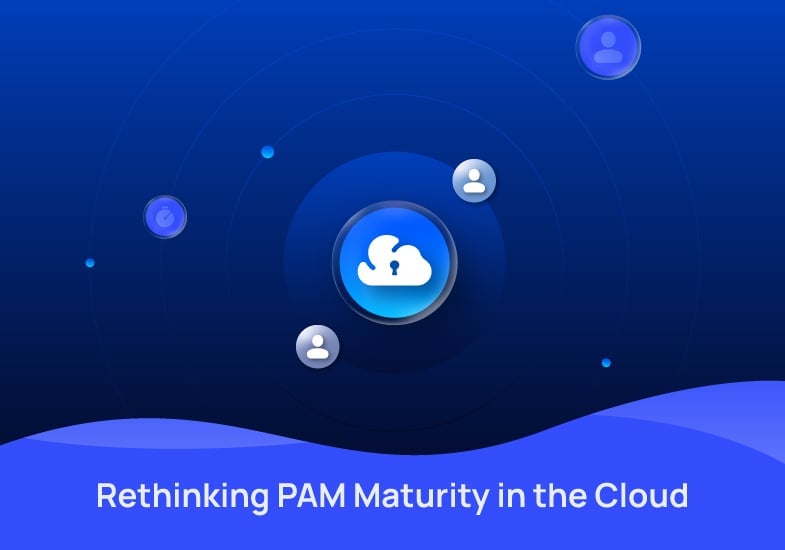Chris Owen, Director of Product Management at Saviynt, has more than 20 years of industry experience — and has only seen about 20% of PAMs come to full fruition.
“In the traditional tool world, it’s all about deploying agents, monitoring events and creating rules based on those events,” he says. “Because this takes so long to deploy, operate, and patch, many companies end up deploying PAM on just a few critical applications, and this does little to reduce the blast radius.”
Simply put, you can’t fix today’s cloud access challenges with yesterday’s tools and approaches. Today’s complex infrastructures require a comprehensive cloud PAM approach that integrates Identity Governance Administration (IGA), PAM, and Cloud Infrastructure Entitlement Management (CIEM) solutions to simplify management and continuously improve cloud security and compliance.











